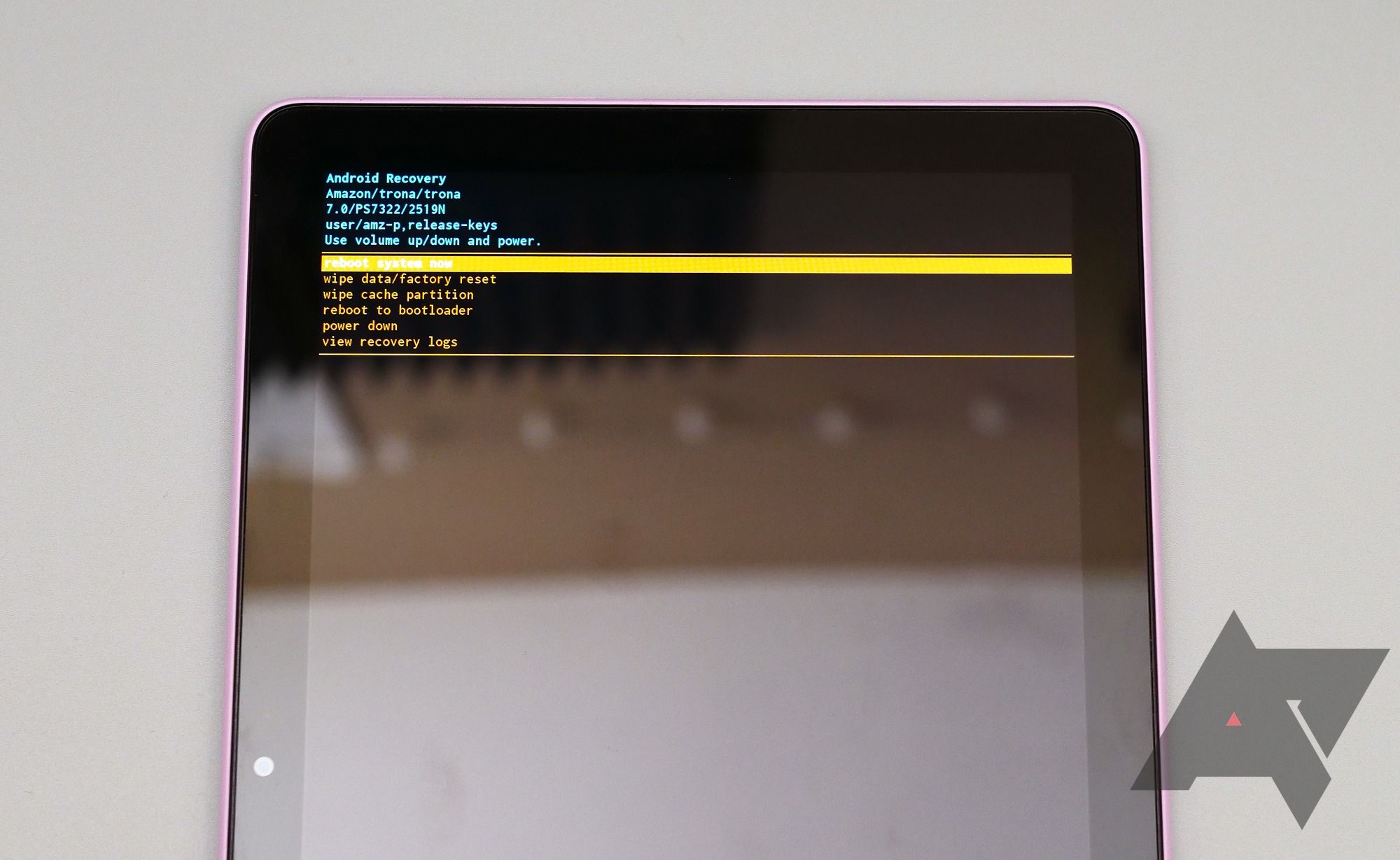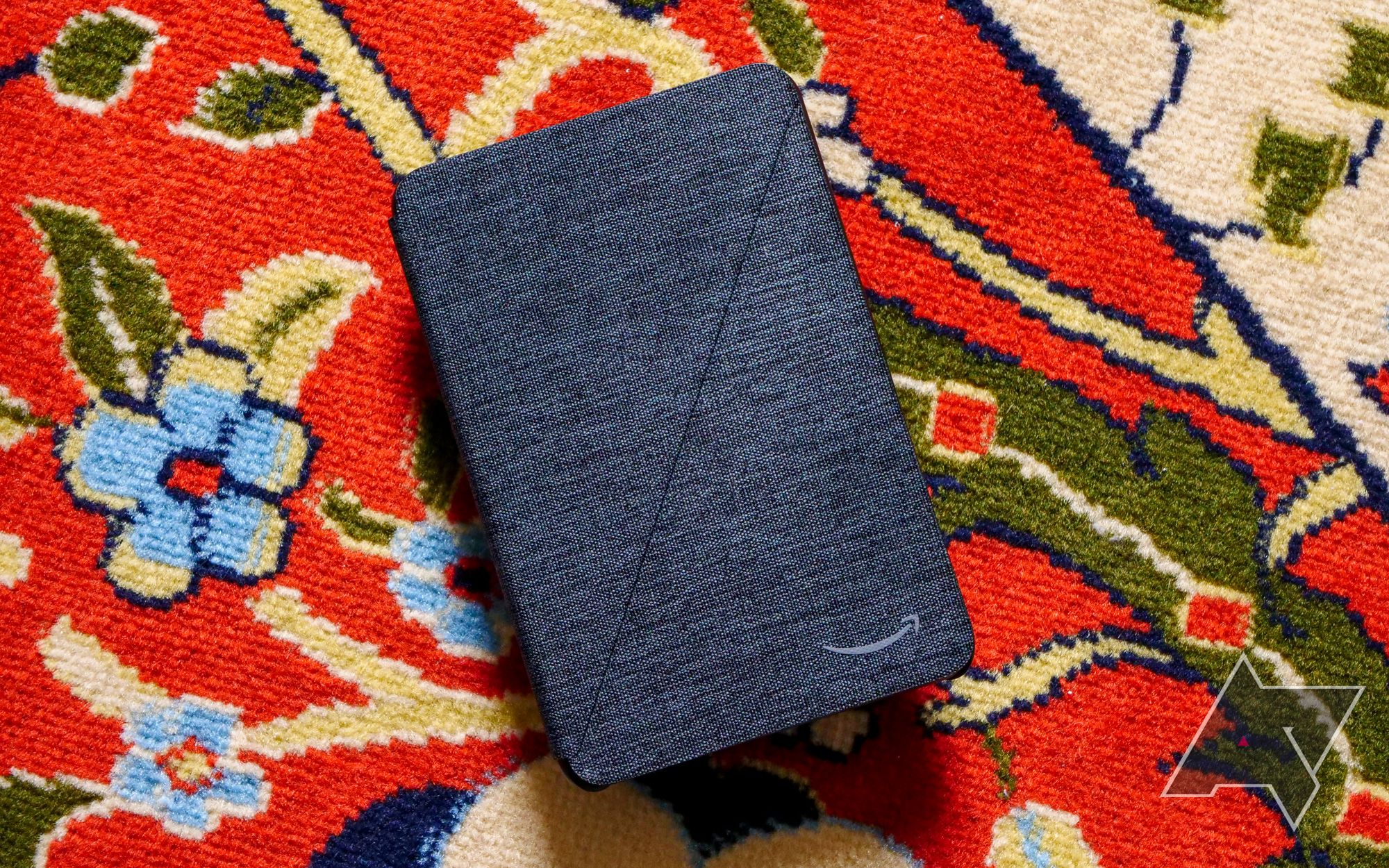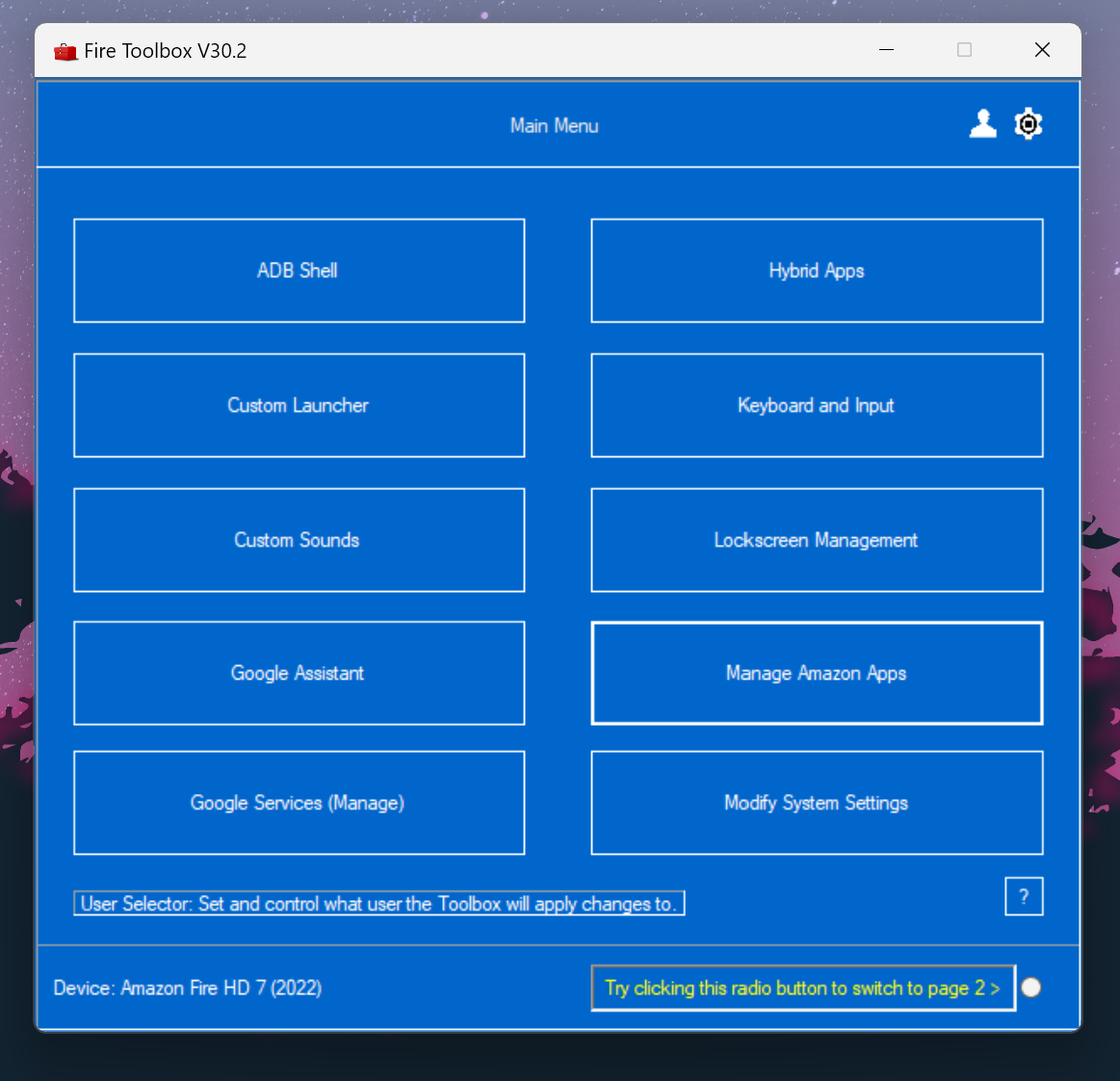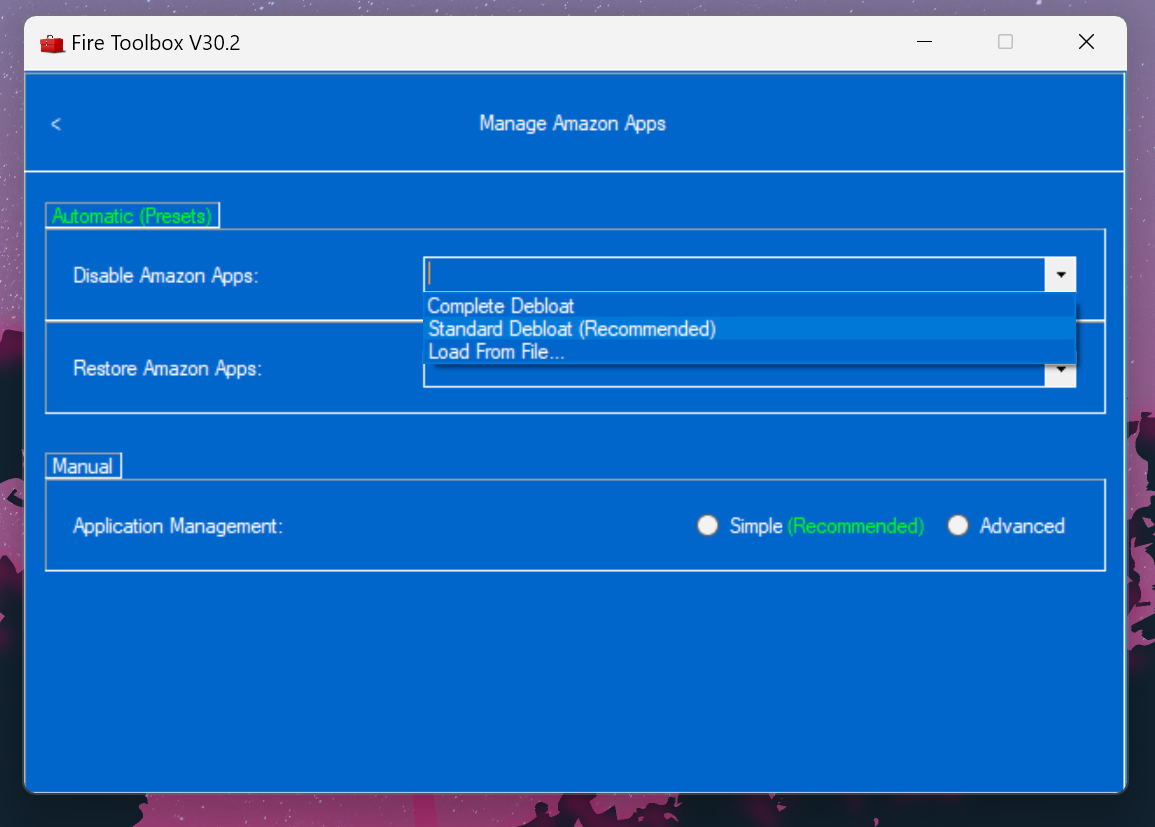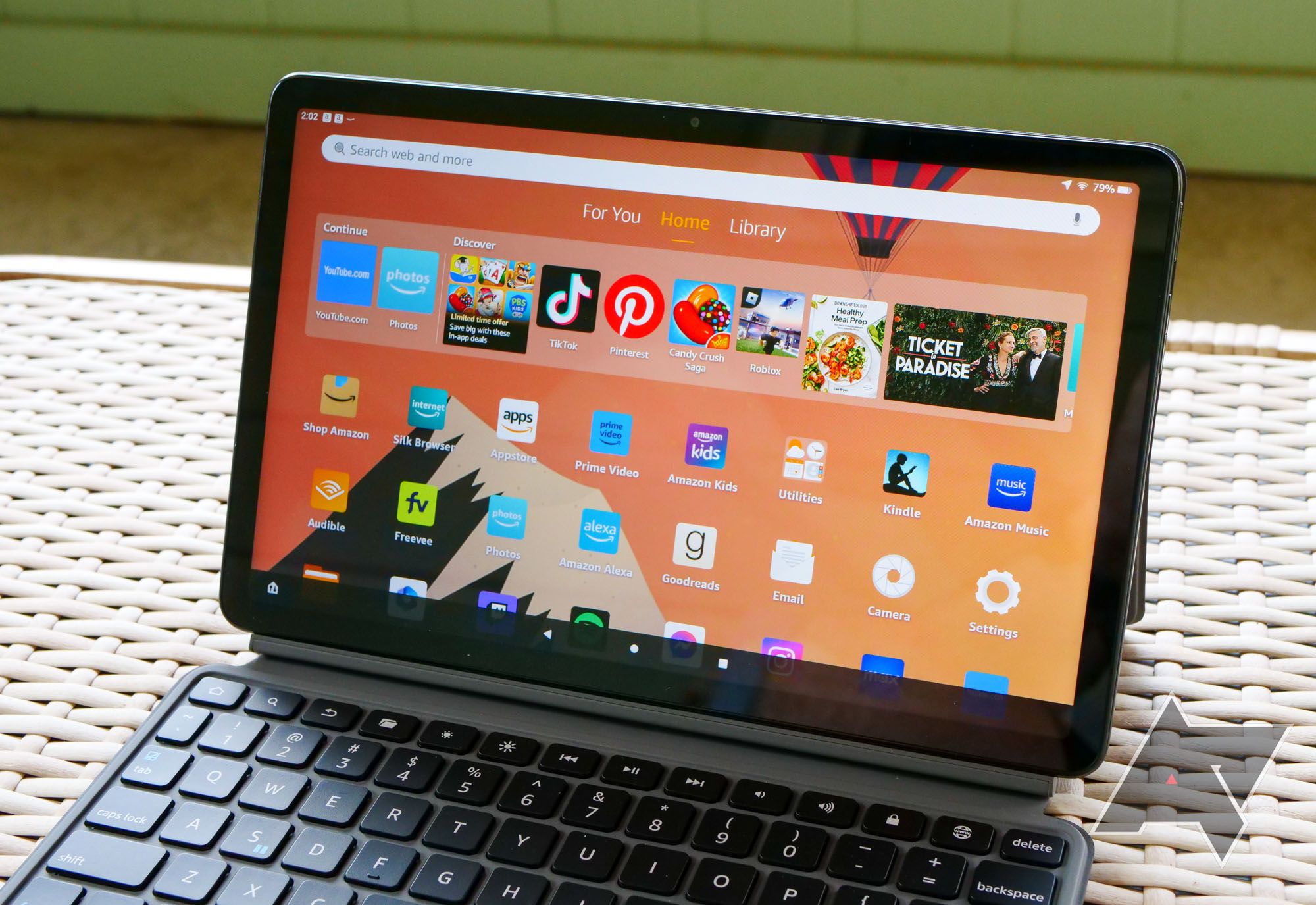While slate devices can be expensive, Amazon Fire tablets offer incredible value for as low as $60. These versatile devices are budget-friendly and family-friendly. Speed is their greatest drawback. If your Fire Tablet runs at snail's speed, there are easy ways to enhance the speed and functionality of Fire OS. Your sub-$100 tablet won't magically perform like high-end options such as the Samsung Galaxy Tab S9+, but the tips below give it a boost.
Clear your Amazon Fire tablet's cache partition
When speeding up a Fire tablet, start by wiping the cache partition. The cache partition is the space Android gives apps to store temporary data. You don't need to wipe this partition on most modern devices. However, it makes a difference on a Fire tablet, especially if you've used it for a while.
This action doesn't delete your files or application data. The cache partition only contains temporary files that are regularly auto-deleted.
Here's how to clear the cache on a Fire tablet, using an 11th-gen Fire HD 10 as an example:
- Turn off your Fire tablet by holding down the power button.
- When it's off, press the power and volume up buttons.
-
When you see the Amazon boot logo, let go of the volume button but keep holding the power button until you enter the recovery screen.
- On the recovery screen, scroll through the recovery menu using the volume buttons, select wipe cache partition, and press the power button to enter. Don't select the factory reset option. You're asked to confirm your choice.
- When you return to the recovery screen, scroll down and select power down. Then, hold the power button again (without holding any volume buttons) to turn your tablet back on.
Uninstall old and unused apps from the Amazon Appstore
Looking through your app library and removing apps is a must-do to speed up your tablet. You can't delete most of Amazon's pre-installed applications (at least not in this section of the guide), but you can remove outdated and unused software from those you downloaded. Consider it spring-cleaning for your gadgets, no matter what the season is.
Deactivate telemetry reporting on your Amazon slate
By default, Fire tablets send data about your device's use to Amazon. While turning them off doesn't result in a noticeable speed boost, it reduces the background load. Here's where you'll find the option:
Marketing analytics:
- Fire OS 5 and 6: Open Settings and tap Security & Privacy > Marketing.
- Fire OS 7 and 8: Open Settings and tap Security & Privacy > Device Usage Data.
App usage data:
- Fire OS 5: Open Settings and tap Security & Privacy > Collect App Usage Data.
- Fire OS 6: Open Settings and tap Apps & Notifications > Collect App Usage Data.
- Fire OS 7 and 8: Open Settings and tap Security & Privacy > Collect App Usage Data.
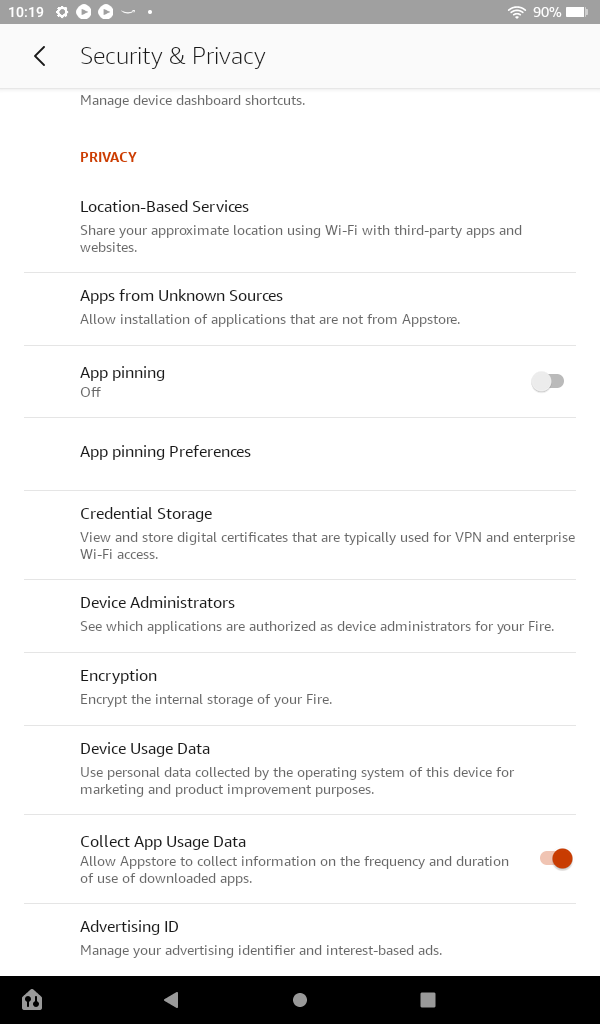
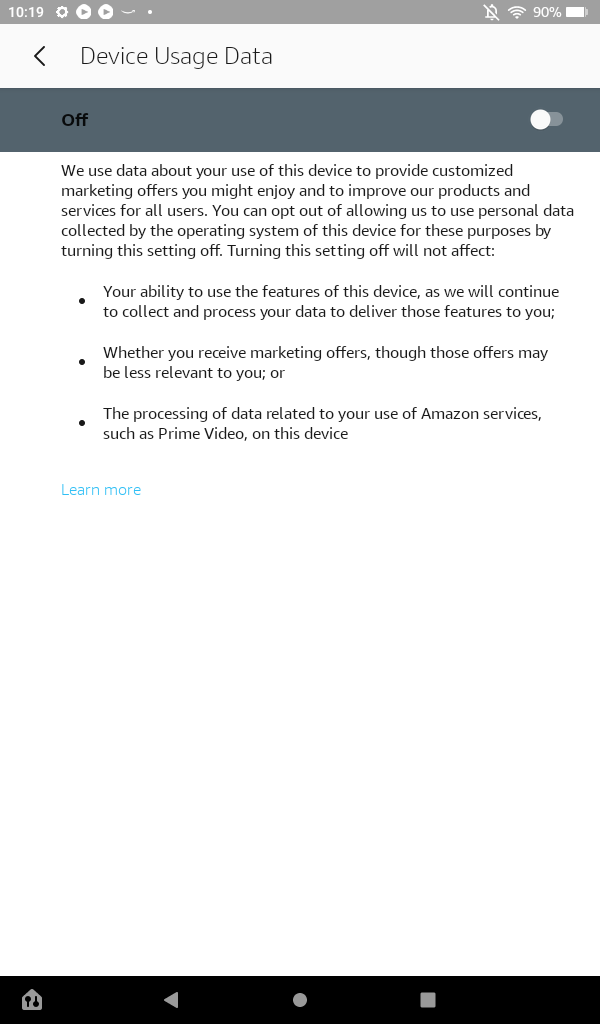
Install the Files by Google app
If you've had your Fire tablet for a while, you likely have junk files, such as downloads and folders from apps and games you deleted ages ago. Files by Google finds and cleans up junk files in a few taps.

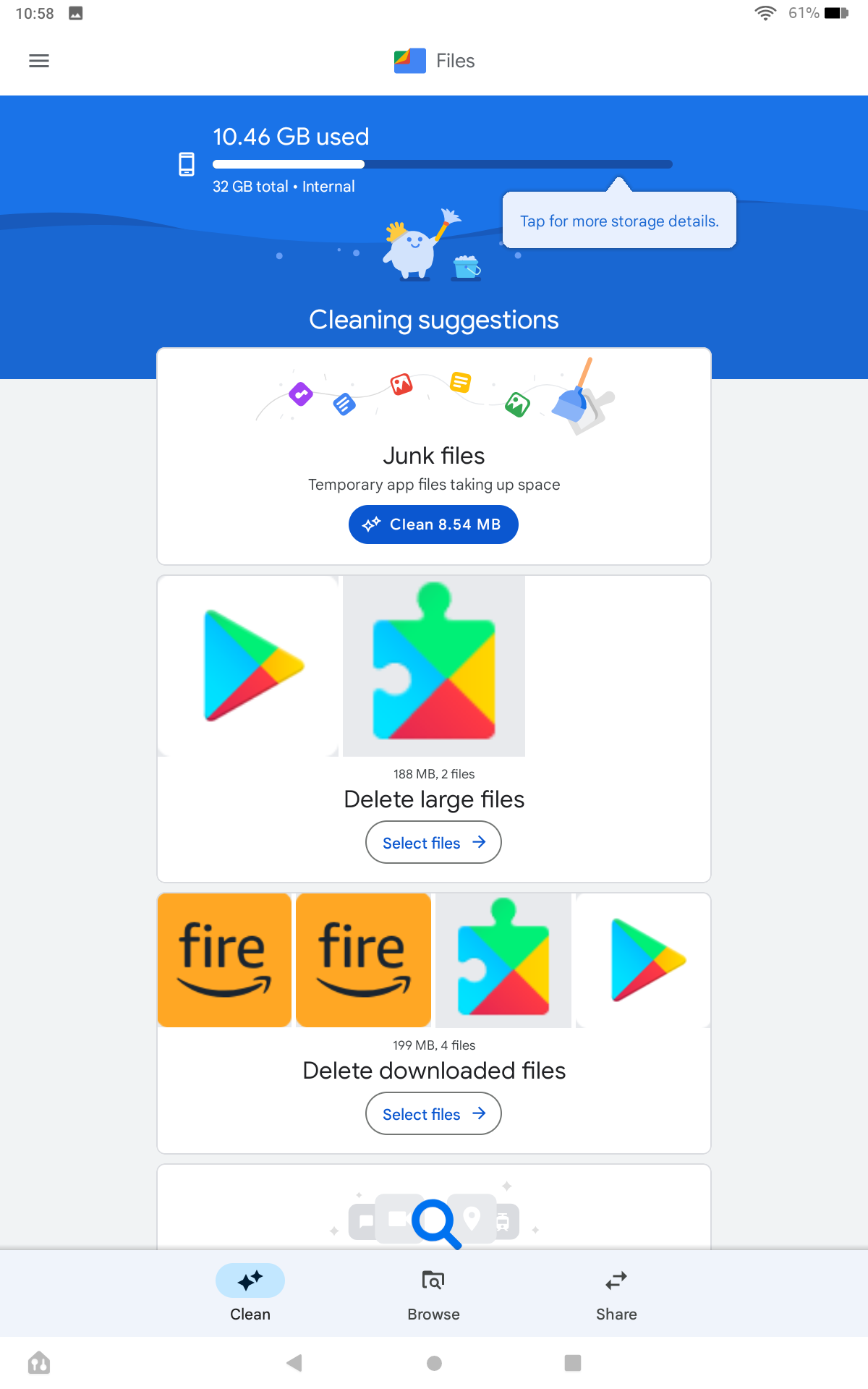
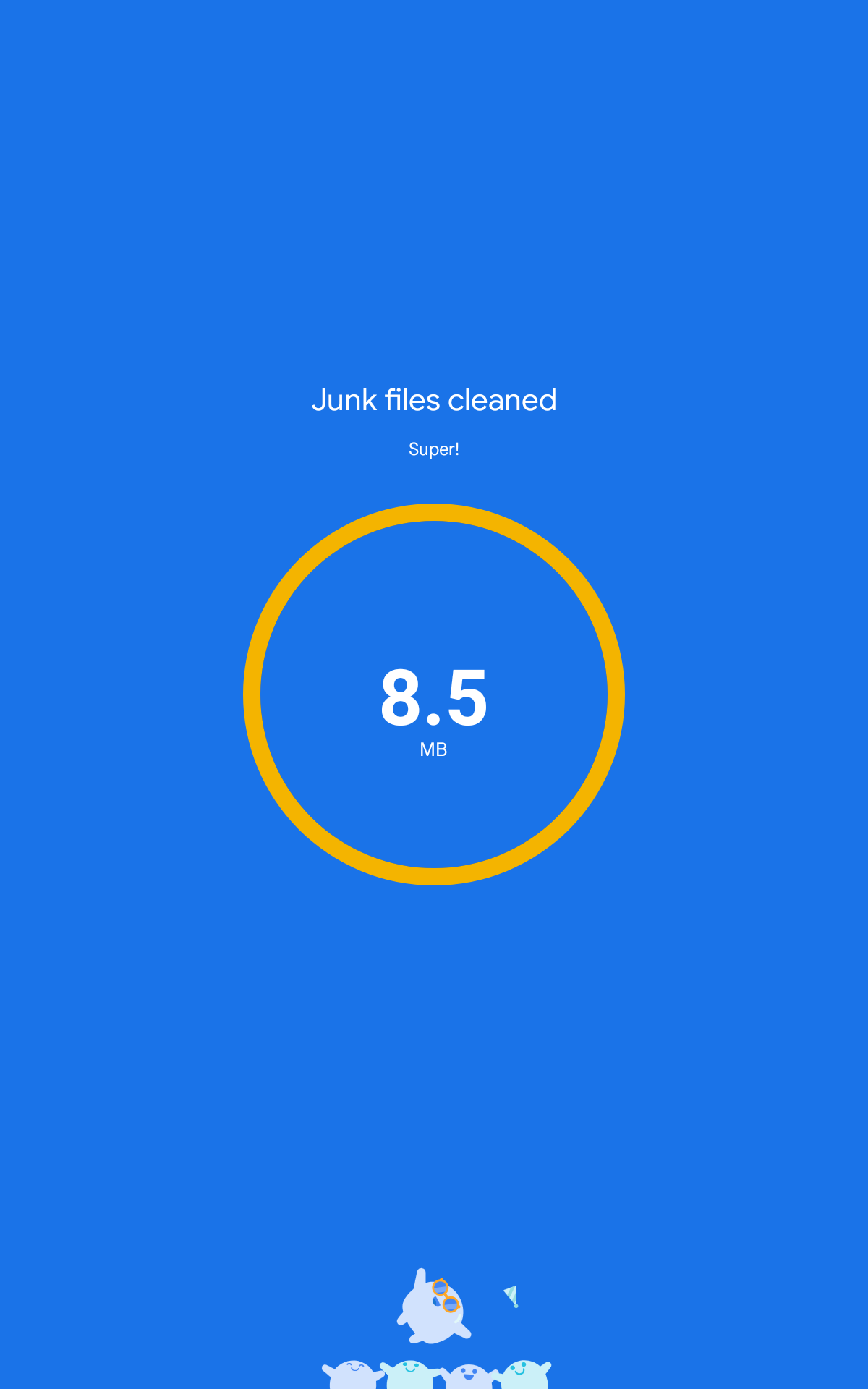
While cleaning up unused files doesn't impact performance, Android slows down when you run out of internal storage. Files by Google is great at finding leftover data and junk that fill up your tablet's storage.
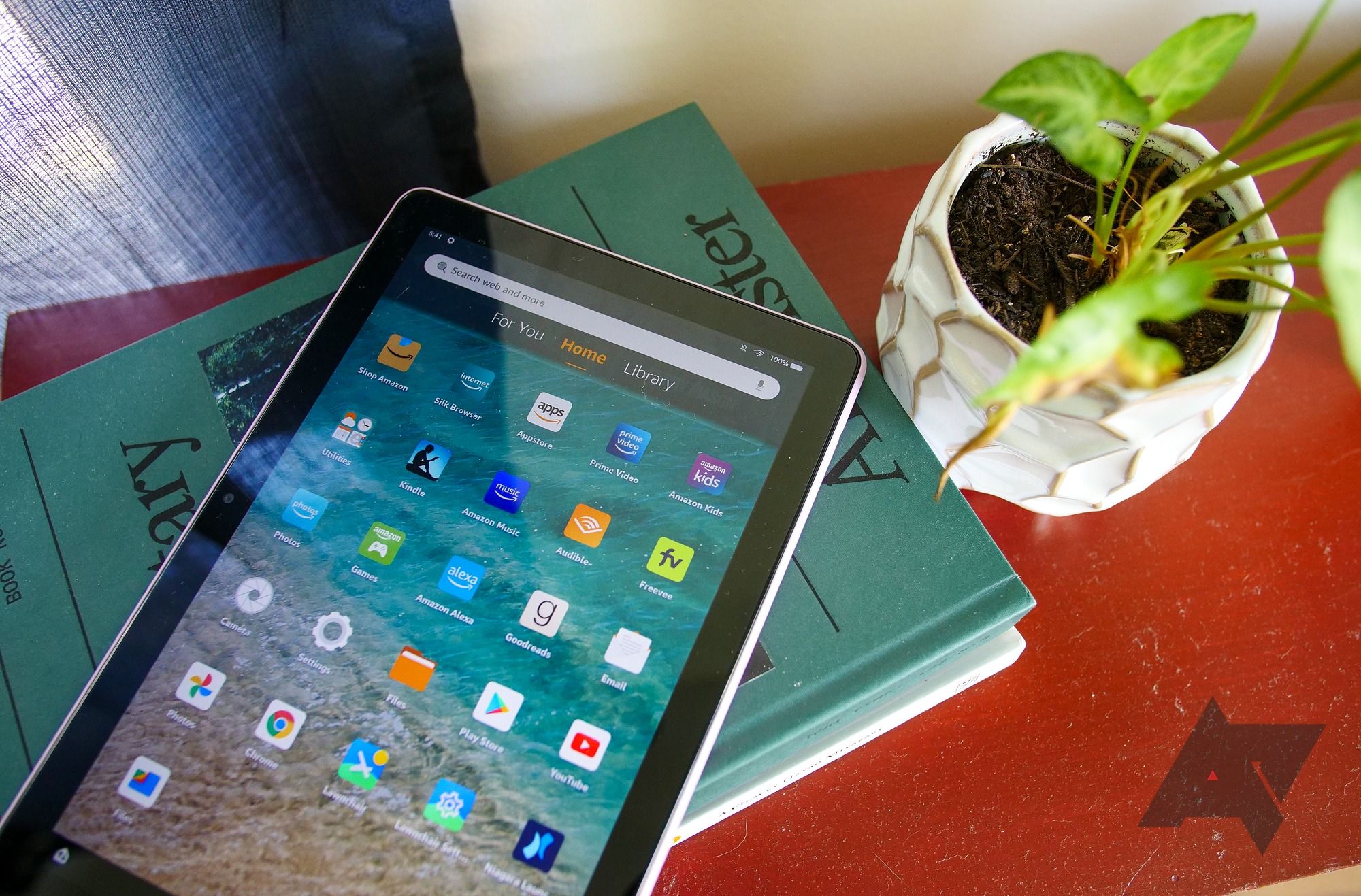
How to free up storage space on Amazon Fire tablets
Make your Amazon Fire tablet feel a little roomierIf you installed Google Play Store on your Fire tablet, download Files by Google from there. Otherwise, grab it from APKMirror.
Do not install apps on an SD card
The Amazon Fire HD 8 and 10 ship with 32GB of storage in their base configurations, while the Fire 7 includes 16GB. No matter how you cut it, you don't have a lot of room to work with, especially if you download movies and music for offline listening. Older Fire tablets let you move some apps to the microSD card. If you have a model released in the last few years, it probably runs on Android 7.0 Nougat or newer. That means you can use an SD card to extend your internal storage.
Moving apps to your SD card makes your Fire tablet slower. As we covered in detail, even the fastest microSD cards are slower than the internal storage used by modern phones and tablets. We tested this 128GB SanDisk A2 microSD card (A2 cards are supposed to be the best for apps) with a 7th-generation Fire HD 8, and random read speeds were three times slower than the internal storage, with worse random write speeds. The fastest microSD card is twice as slow as the Fire tablet's internal storage.
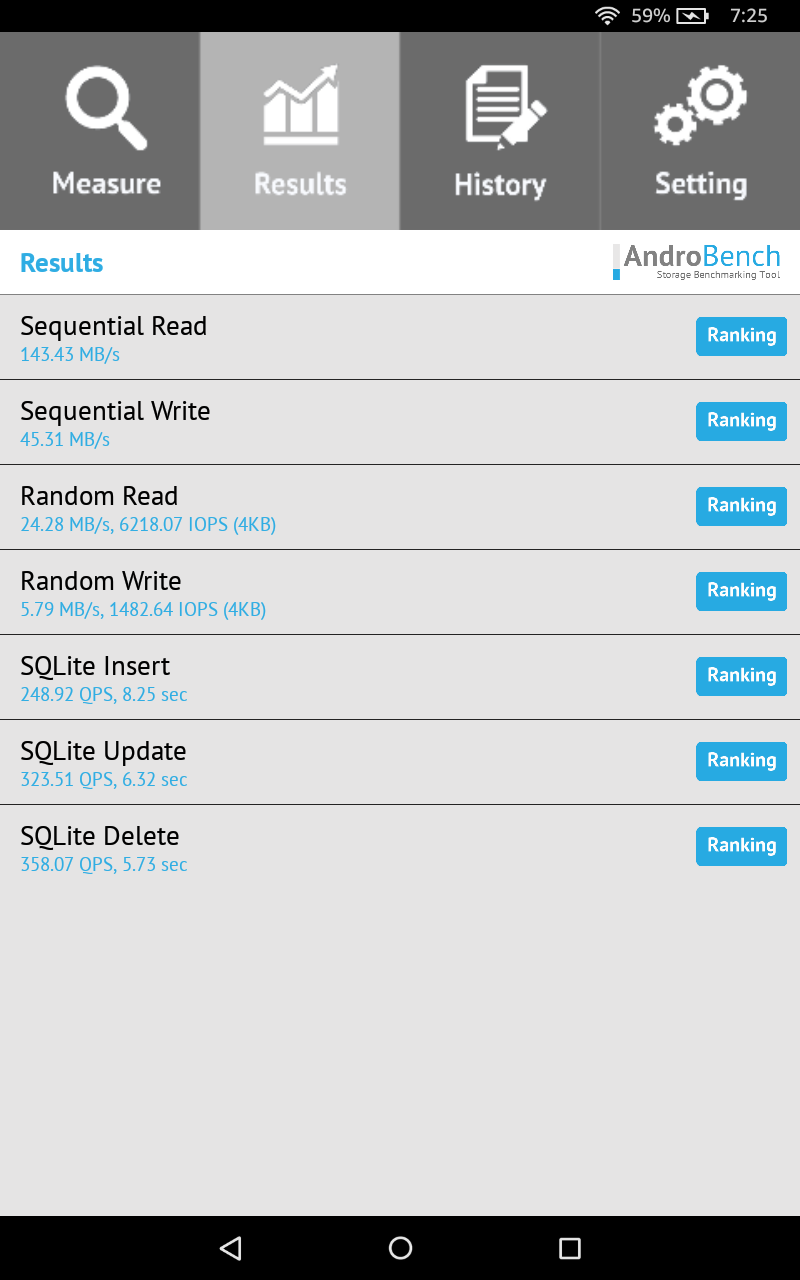
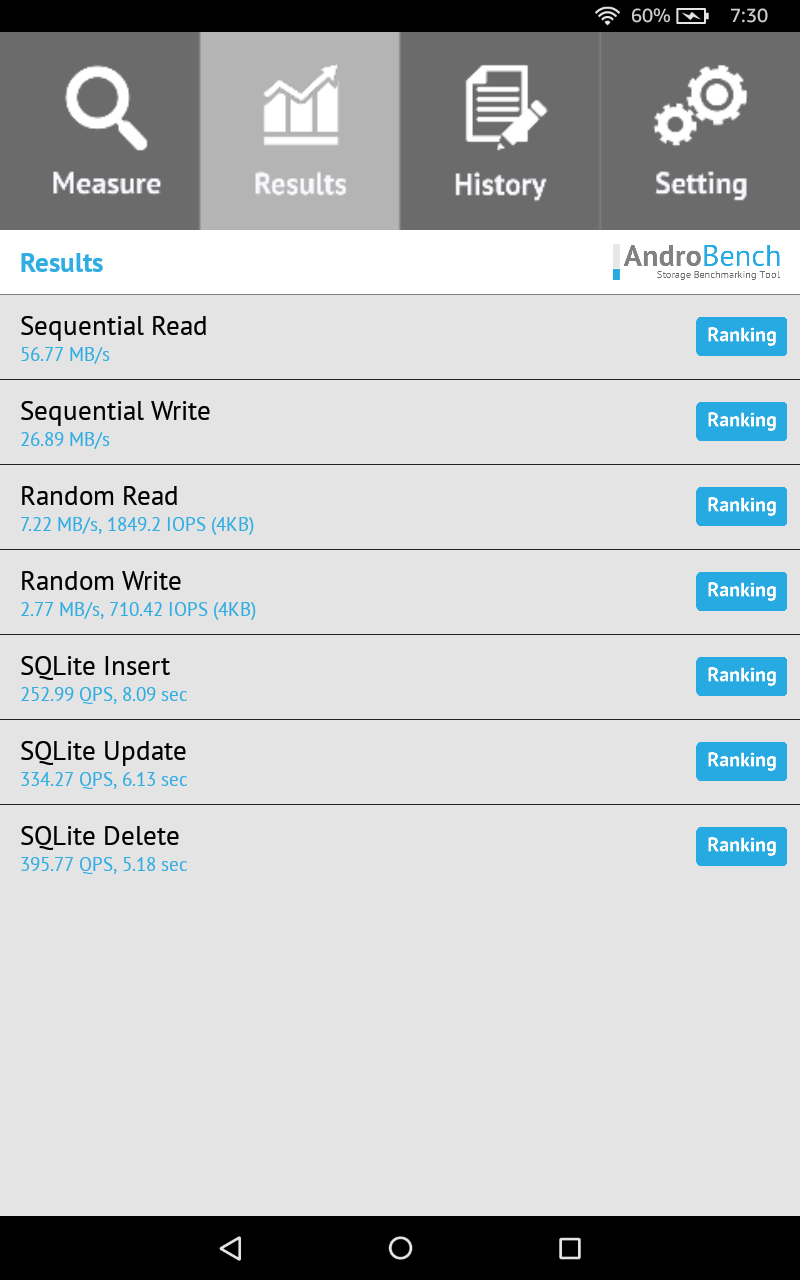
Disk benchmarks on internal storage (left) and Class 10 A2 microSD (right).
We also tested an older Class 10 (not A1) microSD card with an 8th-gen Fire HD 8. These are among the lowest-grade SD cards, and as shown in the screenshots above, random read performance was around six times slower than the internal storage. Random write speeds were unusable, at 35 times slower than internal storage.
SD card speeds don't matter if you only use them for data storage. You can use any SD card to save Netflix movies for offline use or keep a massive music collection on your tablet. Running applications from an SD card can reduce performance.
If you need extra storage for apps, grab a card from our roundup of the best microSD cards for Fire Tablets. Your apps still run slower, but not as slow as they could.
Turn off Alexa
Alexa is one of Amazon's biggest selling points for the Fire tablets, but it's not necessary to have a great experience. Some people reported that turning off the Alexa voice assistant can fix performance issues and battery drain. If you don't care about Alexa, it's something worth trying. Open the Settings app from the home screen (or swipe down from the top and tap the gear icon), select Alexa from the list, and switch Alexa off. If you regularly use Show Mode on a Fire HD 8 or HD 10, you can't activate it with Alexa turned off.
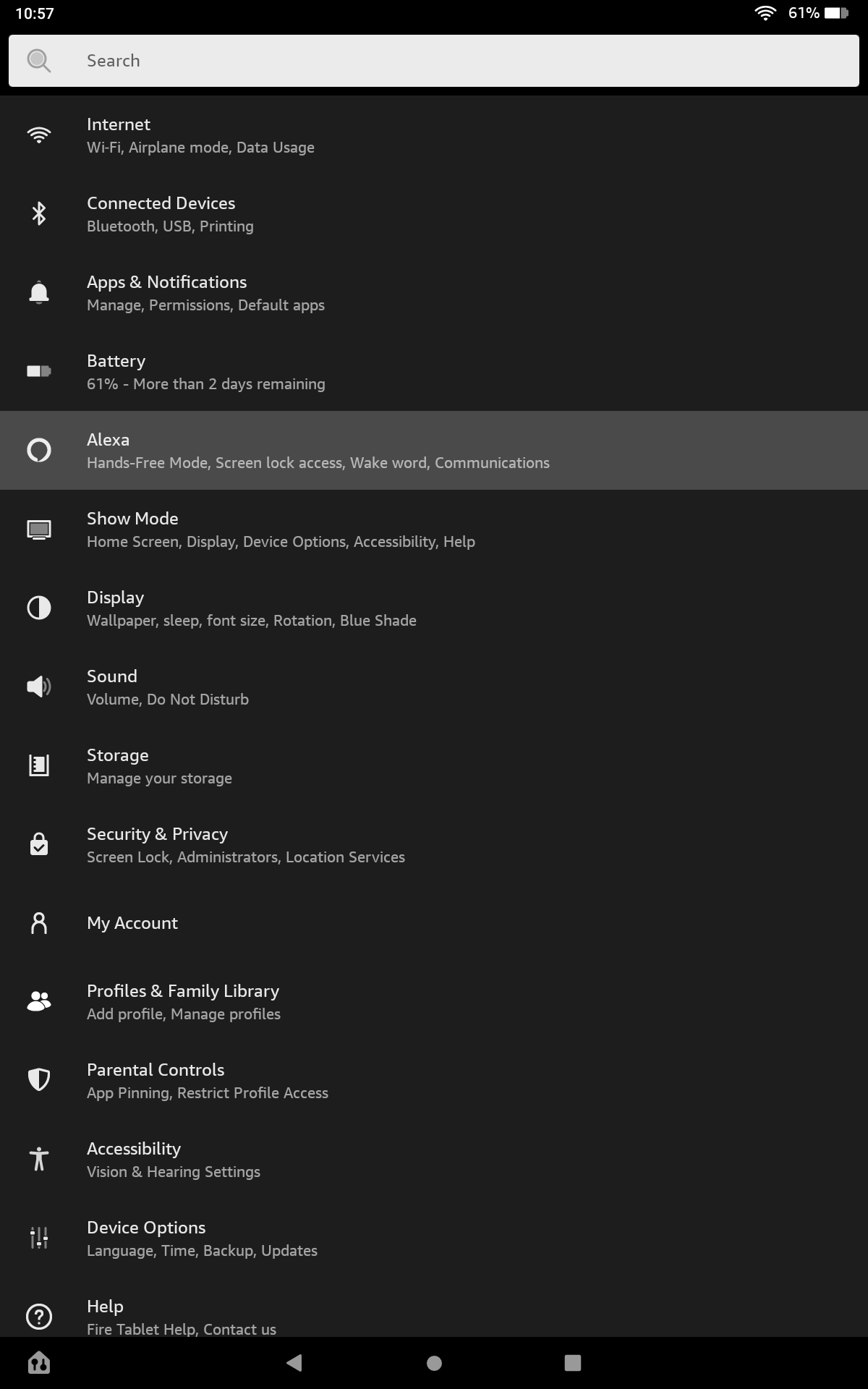
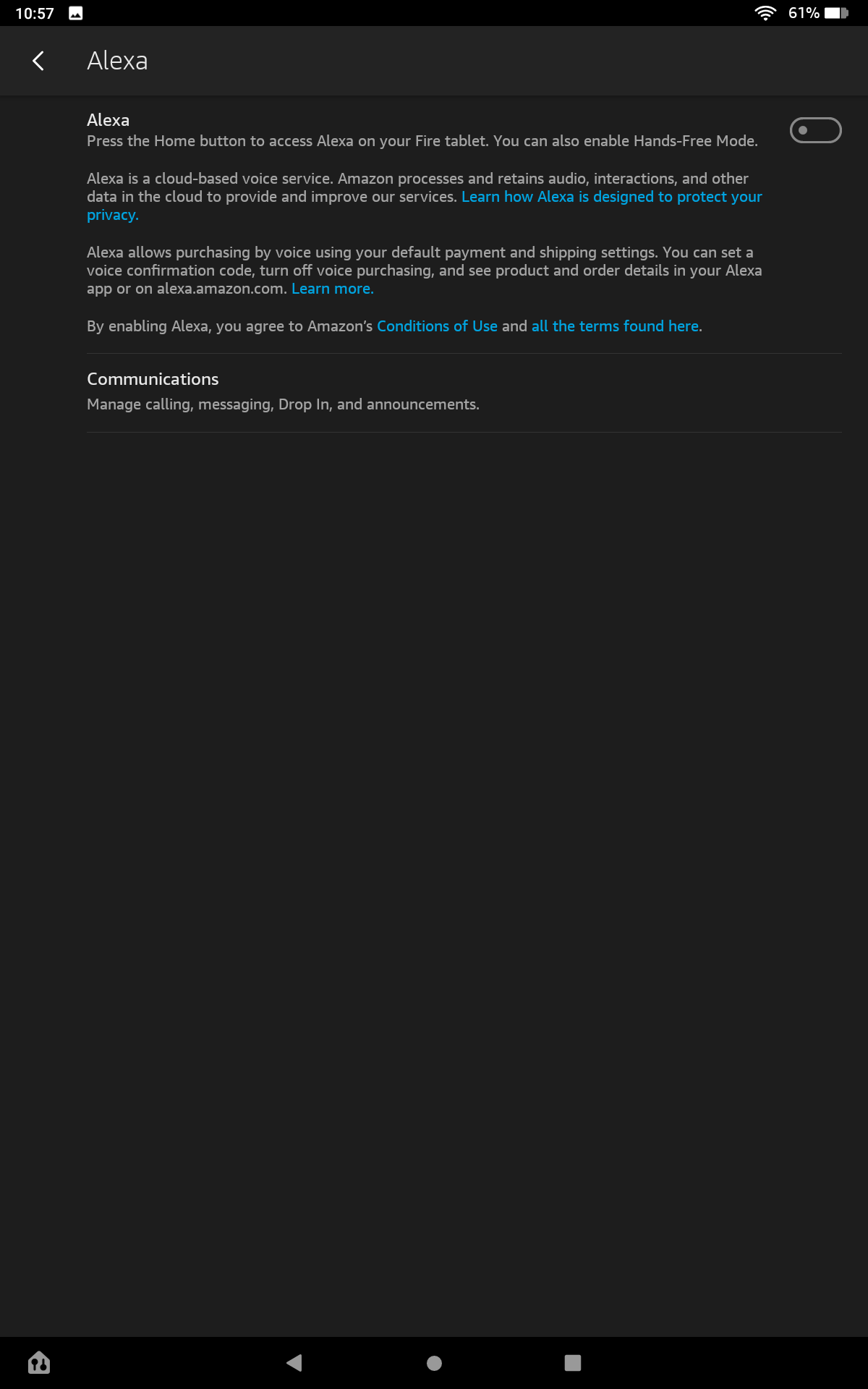
If you still have slowdowns and battery-draining issues, turn on Parental Controls from the Settings app to prevent Alexa from running. We couldn't tell the difference between this and turning off Alexa normally, but you might see different results.
Turn to Fire Toolbox for a third-party suite of optimization options
If you struggle with speed, consider using a third-party app called Fire Toolbox. It's a Fire OS modding tool that's a one-stop shop to maximize your experience through debloating, custom launchers, and more. It can change your tablet, but it's not something every user will want to rely on.
You'll need a Windows PC to set this up, and the developers built a thorough guide on their XDA Forums page that walks you through every step of installing the suite. If you've used ADB commands on an Android phone, you'll feel right at home. After setting up Fire Toolbox on your PC, follow XDA's steps to boost your performance.
Although many options are worth considering, we focus on debloating your slate. Use the standard method over a complete wipe to remove Amazon apps you don't need, including Amazon Music, Amazon's YouTube shortcut, and more. You can also opt for a manual wipe, which removes only your chosen apps. These options are under Manage Amazon apps, found on the main menu.
Consider blocking OTA updates using this app to prevent your work from being overwritten, but be warned.
Newer versions of Fire OS block Fire Toolbox from stopping updates. While a workaround exists, the app warns that it's early in development and could make your slate unstable. Use it at your own risk.
Fire Toolbox has other options, including installing custom launchers, custom sounds, and more. That's all great, but it's unlikely to speed up your device. Feel free to play around with these settings, but proceed with caution.
Turn off animations in Developer Options
Turning off your Fire tablet's animations doesn't affect its performance. It makes the device feel snappier by eliminating the short transition delays when you unlock your tablet, open or close apps, or switch between apps and the home screen.
To do this, turn on developer options by navigating to Settings > Device Options > About Fire Tablet and repeatedly tapping the Serial Number option until the message You are now a developer appears at the bottom of the screen.
Developer Options should now appear in your Device Options settings. Follow these steps to turn off animations:
Do not tamper with anything else in Developer Options unless you know what you're doing, or you may break your device.
- Tap Developer Options.
- Flip the switch in the upper-right corner of the screen to activate it. You may get a warning that misusing the options can cause problems.
- Tap OK to proceed.
- Scroll down to the Drawing section.
- Tap Window animation scale. A pop-up appears.
- Select Animation off from the options. Do the same for Transition animation scale and Animator duration scale.
Turning off animations may make transitioning between and scrolling within apps somewhat flat, but they'll be noticeably quicker.
Set your expectations realistically, and consider shopping for an alternative
Amazon Fire tablets occupy the budget segment of the tablet market and can't compete with the iPad and the Samsung Galaxy Tab. However, just because you spent under $100 doesn't mean you can't supercharge your experience to get the most out of your device. If all else fails and your Fire tablet isn't firing on all cylinders, it may be time to move up to one of our favorite budget tablet picks, which offer better speeds while maintaining affordable prices.

.jpg)
